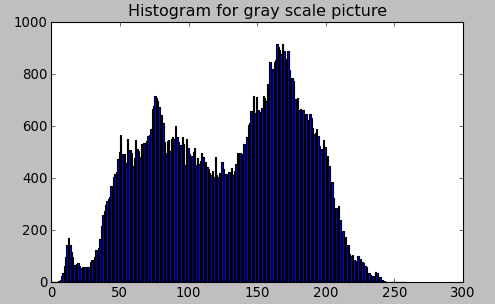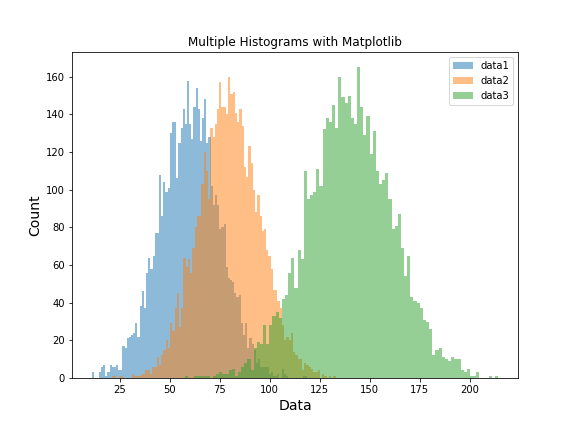

- #Avoid displaying data in plt.hist python jupyter notebook how to#
- #Avoid displaying data in plt.hist python jupyter notebook install#
- #Avoid displaying data in plt.hist python jupyter notebook code#
- #Avoid displaying data in plt.hist python jupyter notebook download#
Creating a Histogram in Python with Matplotlib

It might make sense to split the data in 5-year increments. We can see from the data above that the data goes up to 43. We can then create histograms using Python on the age column, to visualize the distribution of that variable.

Let’s begin by loading the required libraries and our dataset. The histogram can turn a frequency table of binned data into a helpful visualization: Loading our Dataset
#Avoid displaying data in plt.hist python jupyter notebook how to#
If you want to learn how to create your own bins for data, you can check out my tutorial on binning data with Pandas. The shape of the histogram displays the spread of a continuous sample of data. The taller the bar, the more data falls into that range. Creating a Histogram in Python with PandasĪ histogram is a chart that uses bars represent frequencies which helps visualize distributions of data.īars can represent unique values or groups of numbers that fall into ranges.Changing Matplotlib Histogram Appearance.Creating a Histogram in Python with Matplotlib.Train and store machine learning models in your database bringing intelligence to where your data lives.
#Avoid displaying data in plt.hist python jupyter notebook code#
Using these with the latest innovations in the open source world allows you to bring unparalleled selection, performance, and scale to your applications.Ĭheck out SQL Machine Learning Services Documentation to learn how you can easily deploy your R/Python code with SQL stored procedures making them accessible in your ETL processes or to any application. We also offer leading edge, high-performance algorithms in Microsoft’s RevoScaleR and RevoScalePy APIs. You can use any of the latest open source R/Python packages to build Deep Learning and AI applications on large amounts of data in SQL Server. While this example is trivial with the Iris dataset, imagine the additional scale, performance, and security capabilities that you now unlocked. Modify the connection string for your server and use pyodbc to create a new database. You don’t need to perform any of these setup steps to use your own data. This database setup is a one time step to ensure you have the same data as this tutorial. If there are no error messages you are ready to move forward.ĭatabase Setup (Required for this tutorial only)įor the rest of the tutorial you can clone this Jupyter Notebook from Github if you don’t want to copy paste all of the code. To test if everything is setup, import revoscalepy in the first cell and execute. \Scripts\jupyter-notebookĬreate a new notebook with the Python 3 interpreter: Let’s make an empty folder and open Jupyter Notebooks: mkdir JupyterNotebooks cd JupyterNotebooks. Once installed navigate to the new path you installed in.
#Avoid displaying data in plt.hist python jupyter notebook install#
Start the installation with this command (feel free to customize the install folder): .\Install-PyForMLS.ps1 -InstallFolder “C:\Program Files\MicrosoftPythonClient”īe patient while the installation can take a little while.
#Avoid displaying data in plt.hist python jupyter notebook download#
Documentation Page or Direct Download Link (for Windows).Īfter downloading, open powershell as an administrator and navigate to the download folder. To get RevoscalePy, download and install Microsoft’s ML Services Python Client. In order to send Python execution to SQL from Jupyter Notebooks, you need to use Microsoft’s RevoscalePy package.


 0 kommentar(er)
0 kommentar(er)
